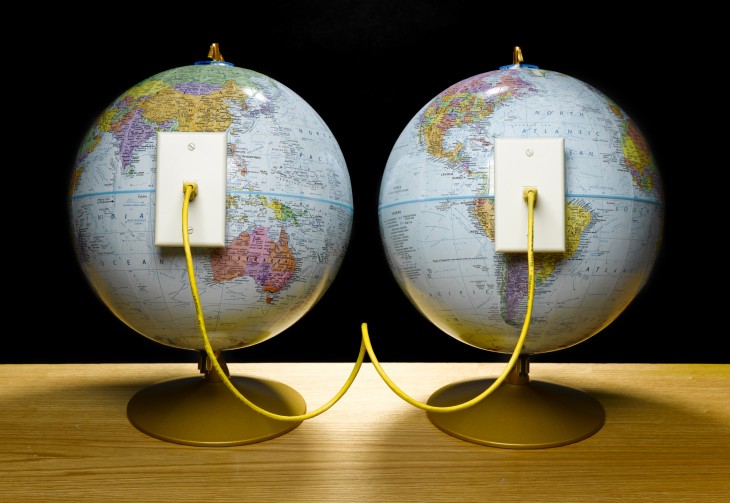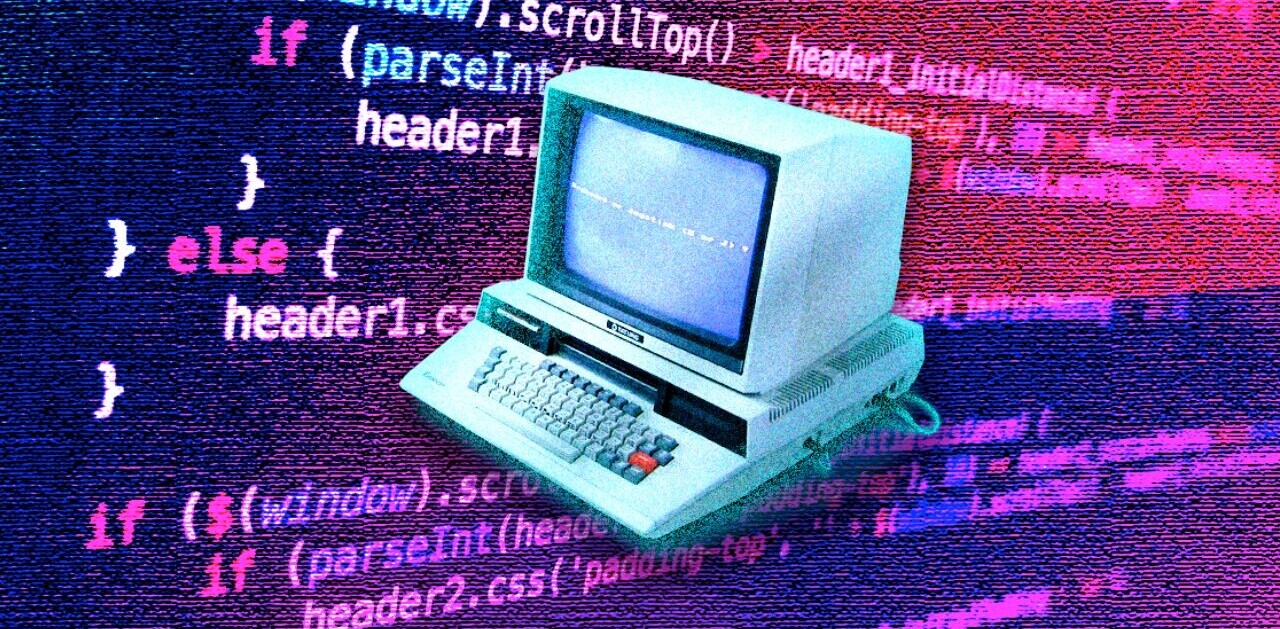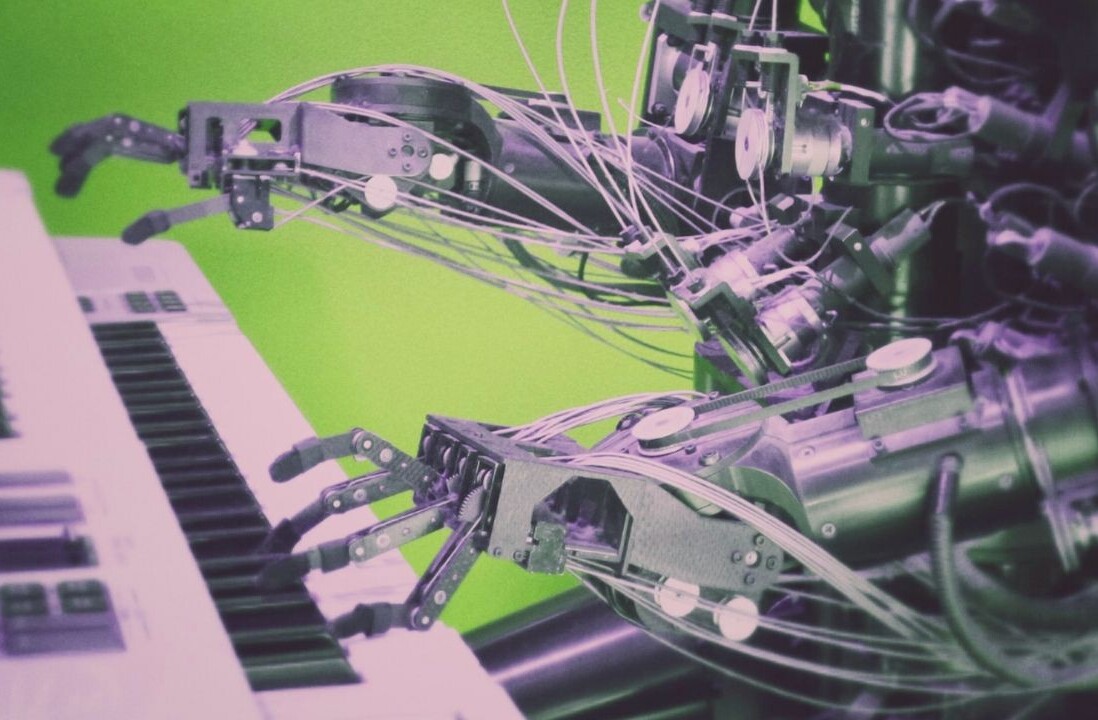
Brian Kelly is the chief technology officer of Golgi, a data transport platform that helps developers eliminate the detrimental “spinning wheel” of long loading times for connected devices and mobile apps.
The fight over net neutrality will soon be in your fridge.
Net neutrality is one of the hottest debates of the year. It has developers worrying that their services won’t be able to compete without access to the internet’s “fast lane.” Internet Service Providers (ISPs) like AT&T and Verizon argue that to provide optimal internet speeds, they need to charge large data consumers more money for their heavier usage.
To date, this discussion has primarily revolved around streaming video service providers like YouTube and Netflix, but these are just the beginning. The next frontier for this battle is the Internet of Things.
About 50 billion connected devices are expected to feed on the internet’s data supply by 2020; 80 “things” connecting per second will become 250. Smartphones, thermostats, baby socks, coffee makers, retail shelves, cars, guitars, cattle — just about anything and everything you can think of will become part of this ecosystem.
Bandwidth war
The IoT has remained on the periphery of this battle because it is primarily comprised of small, power-efficient devices that generate a small amount of traffic. However, integrating multiple devices in a home and enabling them all to communicate does require bandwidth. This, combined with the explosion of connected devices, means IoT (and the companies/providers behind it) won’t be able to escape the implications of this debate for much longer.
To prepare for this new world, developers must prepare for ISPs possibly drawing inspiration from smartphone service providers that offer a range of data plans and packages. ISPs already offer “business class” connection packages that guarantee higher data speeds to fuel their clients’ services. Why shouldn’t they also create a tiered system for the IoT?
This system could function like a cable-television package for the connected home, charging consumers based on their home’s total number of connected devices. Just last week, it was reported that Comcast acquired PowerCloud Systems, enabling it to monitor broadband usage in a home or office. The possibility is very real.
Shifting speed gears
When it comes to connectivity, speed is everything. Eighty percent of smartphone users now expect apps to load in three seconds or less. Even established apps like LinkedIn and Flipboard fail to meet that expectation — those apps take upwards of ten seconds on average to update after 24 hours of inactivity.

Speed and reliability are critical for providing a positive user experience, not to mention retaining users. A reported 79 percent of mobile users will retry a mobile app only once or twice more if it fails to work the first time.
The same holds true for the Internet of Things. One of the implications of net neutrality’s bandwidth restrictions are that some providers will get priority over others. Users won’t tolerate slow connectivity or regular crashes.
Imagine if a “smart” heart monitor stopped working, or a “connected” home alarm system lagged. The results could be disastrous.
There is no ceiling in sight for IoT, which is poised to become a $14 trillion dollar industry in the next five years. As the volume and diversity of connected devices continues to explode, the market will get increasingly competitive. Consumers will have as many options for a “smart” refrigerator as they do now for regular refrigerators, and will make their decisions based on quality of performance.
Any company that hopes to survive must be proactive about improving the efficiency and speed of their data, as these will become critical competitive advantages.
What next?
So what can IoT companies do to prepare themselves for changes to net neutrality, and ensure the best user experience possible for their customers (regardless of their data package)?
To start, they should avoid “data dumps” that slow performance. The better strategy is to deliver data updates in small packages over time. Smartphones push notifications are a great way to inform devices/applications when a server has new updates available.
Developers can also significantly improve their app’s communication speed to a connected device by leveraging local servers. Simply put, if a car driving home to San Francisco wants to notify the connected home through the app to warm the house, it will take longer if that app sends the update to a server in China than a local server in Nevada because of the sheer distance the data travels.
Third, developers should schedule software updates during low bandwidth usage periods. Devices and apps should update when the cost is the cheapest, or the data bandwidth impact is minimal on the end user. Updating during high broadband usages times will slow the effectiveness of all the connected services.
The Internet of Things holds thrilling possibilities for the future. Cars that drive themselves, alarm clocks that tell your coffee maker when to start brewing coffee, jewelry that knows when you are in danger. Consumers are eager for innovative devices that simplify and improve their daily lives, and entrepreneurs are rapidly bringing these futuristic visions to life.
However, the impact net neutrality will have on these experiences remains to be seen. It doesn’t matter how fantastic the vision if the actual experience is slow.
Net neutrality affects everyone, even connected refrigerators, and developers need to prepare themselves for this reality.
Read next: Why the Internet of Things narrative has to change
Get the TNW newsletter
Get the most important tech news in your inbox each week.






